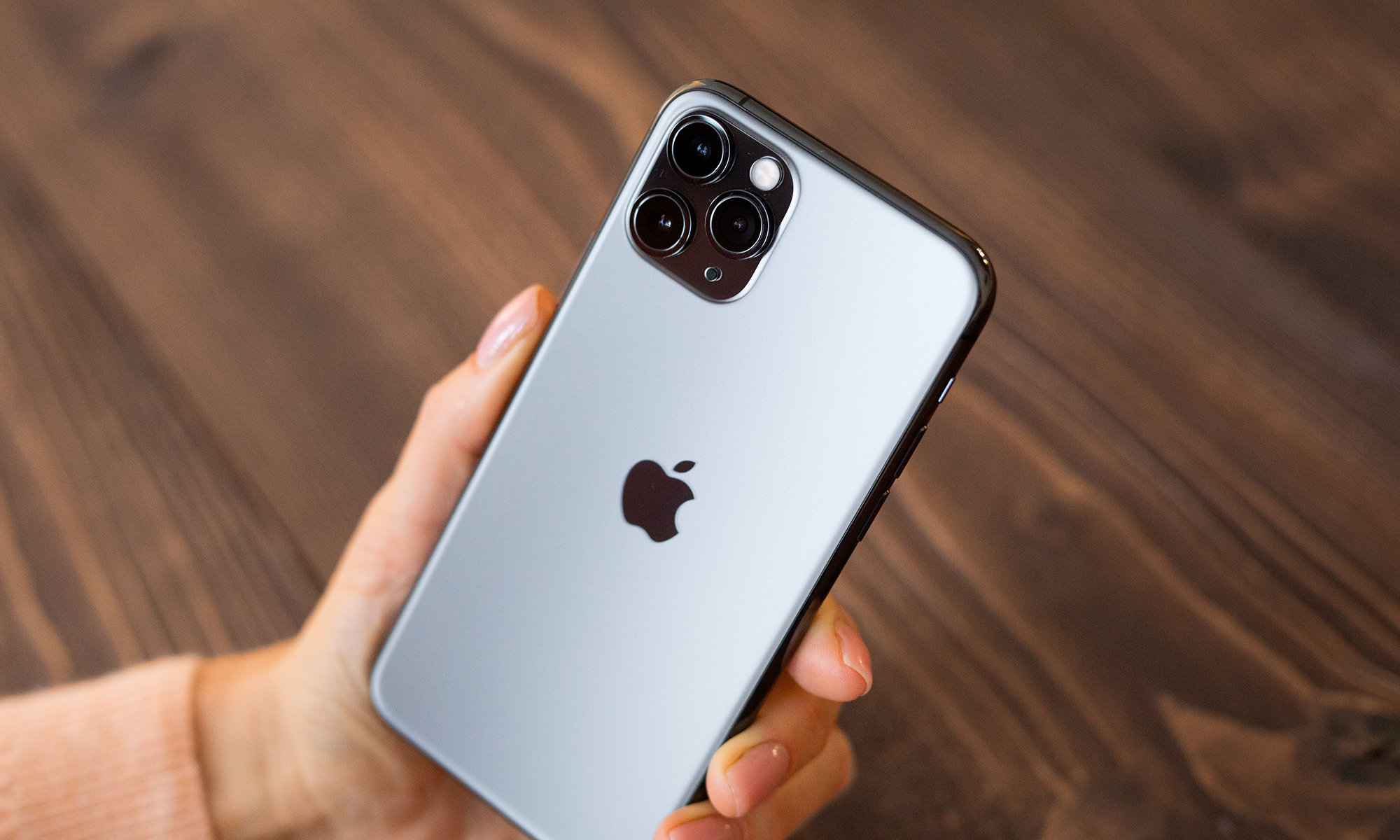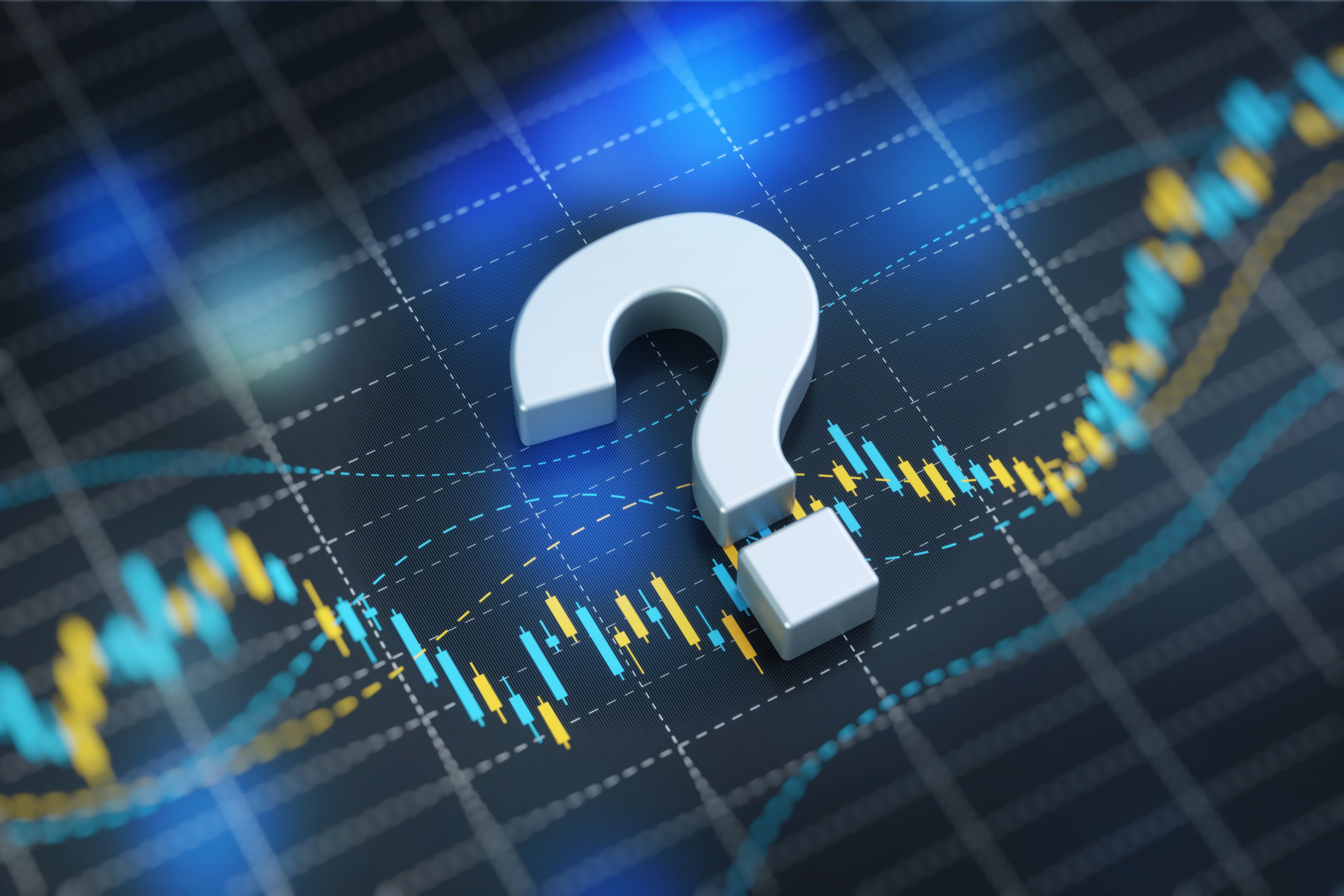Steve Jobs, Steve Wozniak, and Ronald Wayne came together in a suburban bedroom in Los Altos, Calif., to found Apple Computer (AAPL +0.34%) on April 1, 1976. This true story differs from the popular narrative of the Two Steves forming Apple in Jobs' garage in two ways. Placing the founding in a bedroom or a garage is just a semantic quibble, but many Apple fans have lost the name of Ronald Wayne to history. Here is the story of Apple, with all three co-founders included, from Owen Linzmayer's "Apple Confidential":
Jobs was freelancing at Atari in the early 1970s when founder Nolan Kay Bushnell hired Wayne as chief draftsman (badge #395) for the video game maker. Despite the difference in their ages, Jobs and Wayne became casual friends and would often have philosophical discussions on the ethics of making money. Desiring a tie-breaker in any potential conflicts with Woz, Jobs enticed Wayne to become a partner in Apple by offering him 10% interest in the company.
"Either I was going to be bankrupt or the richest man in the cemetery," Wayne recalls thinking. Since Apple was far from a sure thing, Wayne retained his day job at Atari and worked nights on the original Apple logo and documentation for the Apple I. Meanwhile, Jobs was hustling up customers ... [the first of which was] Paul Jay Terrell, who operated the Byte Shop -- arguably the first retail computer store chain in the country. ... Terrell was intrigued and asked Jobs to keep in touch. ...
The young, ambitious Jobs had no qualms about going into debt to fulfill the Byte Shop order, but the seasoned Wayne was anxious. He wasn't convinced Terrell would pay for the computers, and the partnership agreement meant that he had unlimited personal liability for any debts incurred by Apple. Just four years prior, Wayne underwent the emotionally painful experience of folding Siand, his own Las Vegas-based engineering firm. Wayne didn't want to risk another financial failure, so on April 12 -- less than two weeks after Apple's founding -- he renounced his 10 percent interest for a one-time payment of $800. "I had already learned what gave me indigestion," explained Wayne years later. "If Apple had failed, I would have had bruises on top of bruises. Steve Jobs was an absolute whirlwind and I had lost the energy you need to ride whirlwinds."

Image source: Getty Images.
Apple, of course, would go on to become one of the key companies of the computer age. The Two Steves reincorporated Apple a year later with Mike Markkula, who's since assumed the role Wayne might have held if he'd tried to ride the whirlwind. The Apple II was released mere months after reincorporation, and the company was on its way to legendary status.
When it went public only four years later, Apple was worth $1.6 billion, and Wayne had walked away from $160 million, which is more than the average person would have earned through 175 lifetimes in 1980.

Image source: Getty Images.
Years later, as Apple would grow to become the world's largest public company, and Wayne's forsaken stake had grown to make him the man who gave up on being one of the world's richest, CNN caught up with him to see how he copes with the knowledge of lost billions:
"I'm living off my Social Security and I do a modest trade in collectors' stamps and coins," [Wayne] said. ...
Wayne, whose net worth is mostly tied up in his extensive coin and stamp collection, said he's as "enamored with money as anybody else."
"But when you're at a focal point of history, you don't realize you're at a focal point of history," he said.
A retired engineer, who has worked at various companies since his departure, Wayne said he never has owned an Apple product.
"I never had a real use for computers," he said. He recently purchased a Dell, saying he's too familiar with Windows to want to switch.
Even the founding documents Wayne signed turned out to be worth far more than his original buyout offer. At the end of 2011, a Sotheby's auction brought in $1.35 million for the original contract, which Wayne had also abandoned too soon -- it had been out of his hands since the mid-'90s, sold a time when everything Apple was trading at a bit of a discount.

Image source: Getty Images.
Don't lament the big gainers that got away. You're not likely to miss out on more than a rounding error of what Ronald Wayne gave up in 1976 for just $800.






